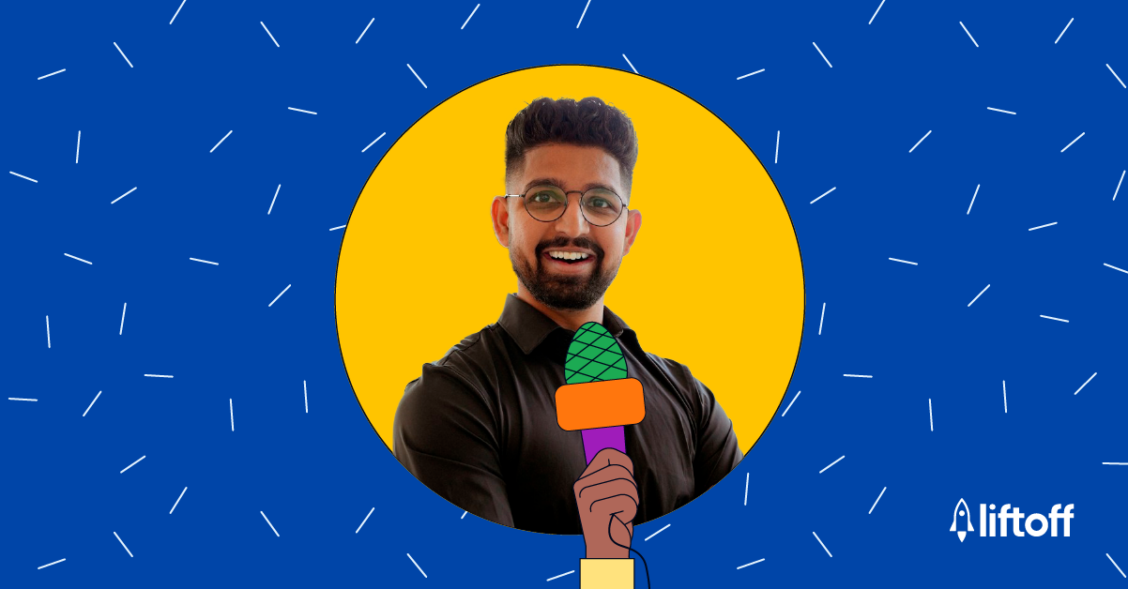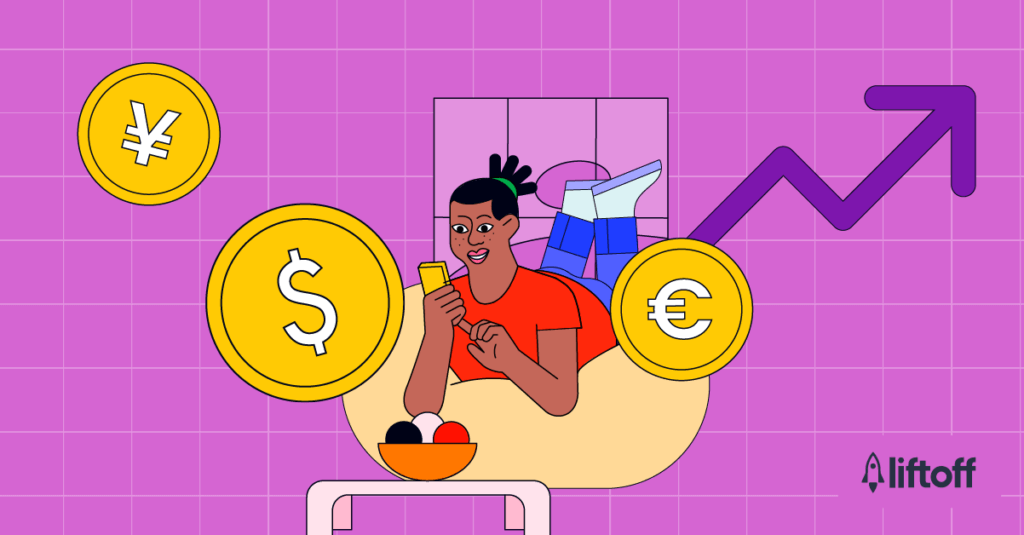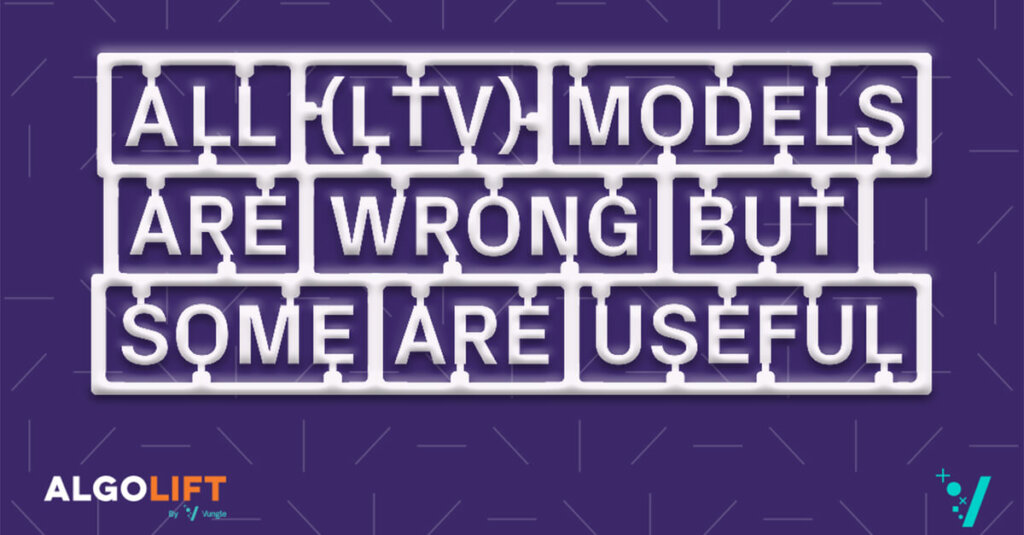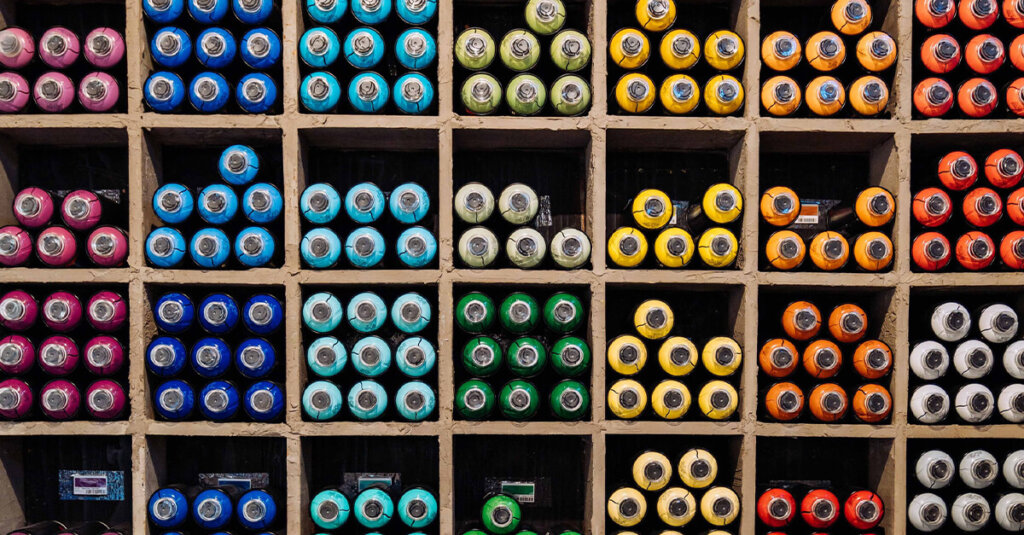
The Best Advertisers Don’t Buy on D7 ROAS: A Q&A With PM Venkat Akkinepally
LTV Optimize is an industry-first machine learning solution that uses an advertiser’s predicted lifetime value (pLTV) scores to directly target the best users for their business. Venkat Akkinepally, Product Manager (Liftoff Accelerate) at Liftoff, sat down with us to dive into the inner-workings of the ad targeting technology behind LTV Optimize and how it increases pLTV.
Liftoff: Marketers have successfully optimized their user acquisition campaigns for CPI, CPA, and D7 ROAS for years. Why would they need to optimize for LTV now?
Venkat: Until October 2022, mobile marketers had to rely on CPI, CPA, and D7 ROAS optimization as proxies for LTV because direct LTV optimization didn’t exist. Today, the industry perceives D7 ROAS as the most important metric to monitor for UA success, but that’s not true. Advertisers care about D7 ROAS in addition to DAU, ARPDAU, retention, and many other metrics that are factored into their LTV models. Optimizing UA campaigns for D7 ROAS alone means ignoring all of these other important signals that drive better LTV.
It’s unusual for users to spend large amounts of money in the first week after they install an app. This point alone diminishes the value of optimizing campaigns toward a D7 ROAS goal.
Yet the industry relies upon D7 ROAS machine learning (ML) models to find and acquire those occasional whales that splurge in the first week. There are two key reasons why the current D7 ROAS ad buying paradigm is flawed. First, the competition amongst advertisers drives up the cost of D7 whales, making them difficult to acquire. And second, D7 ROAS ML models are blind to other consistently spending users or whales that might extravagantly spend money three to six months after install — or anything beyond seven days, really.
Combined with the fact that these short-term proxies (CPI, CPA, and D7 ROAS) are often misaligned with marketers’ long-term LTV goals, the industry needs a solution that can directly optimize campaigns for LTV.
Liftoff: You mentioned that prior to October 2022, LTV optimization didn’t exist. Why is that?
Venkat: Most marketers are optimizing for LTV, but every advertiser has their own idea of what a valuable user looks like. They also have unique models for their apps to predict what value the user might drive. As a result, it was impossible to create an ML model that optimized for a single LTV metric that would satisfy everyone.
To summarize: marketers have complex goals, but had to settle for campaigns that optimized for short-term proxies like D7 ROAS.
So in 2022, the Product team for Liftoff Accelerate sat down with 20 of our largest advertisers to come up with a revolutionary solution that would tailor Liftoff’s ML models to our customers’ unique needs. The end result: LTV Optimize.

“We’re finding better long-term users for advertisers at a cheaper cost because we’re listening to our customers.“
Venkat Akkinepally, Product Manager, Liftoff Accelerate
Liftoff: Well don’t leave us hanging there. What is LTV Optimize and how does it work?
Venkat: Let’s say you’re a UA manager who’s looking at a person called “Audrey” on your platform. You know Liftoff Accelerate drove Audrey to your app three months ago and your data scientists have given her a pLTV score. Now, through our LTV Optimize product, the UA manager can tell Liftoff how Audrey’s doing by sending over her score. We see she has a high score, so our LTV Optimize ML models will discover and acquire new users that have the same attributes as Audrey. Let’s say one of those users is Venkat. You tell us that Venkat also has a high score, so our LTV Optimize ML will target new users with similar attributes to Audrey and Venkat, and the cycle continues.
What this essentially means is that LTV Optimize takes the guesswork out of your UA campaigns by acquiring the same kinds of users who are proven to convert on your app. Because we’re using your pLTV scores to guide our ML models, LTV Optimize tailors how it acquires users to each individual app. More importantly, we’re finding better long-term users for advertisers at a cheaper cost because we’re listening to our customers.
Only Liftoff has the capability to acquire users based on their likely pLTV, thanks to Liftoff Optimize.
Liftoff: What kind of results have customers been achieving with LTV Optimize?
Venkat: It’s been really special to see the great results from our early adopters. On average, advertisers saw a 9% increase in pROAS and a 13% decrease in CPI buying through LTV Optimize compared to buying through D7 ROAS-optimized models.
Liftoff: Are there any drawbacks or challenges to LTV Optimize? It seems too good to be true.
Venkat: Certainly. As with any ML model, there are always inherent risks when making predictions — LTV Optimize is no different. At the end of the day, it’s totally dependent on the pLTV scores advertisers provide. If we receive inaccurate scores, it could lead to redirected spend on users who drive lower pLTV and advertisers may have to readjust their scoring method (multipliers, weights, etc.).
Also, since LTV Optimize targets ideal users across a longer timeframe than seven days, we know D7 ROAS decreases when advertisers start buying through LTV Optimize. So if advertisers value D7 ROAS equally or greater than LTV, LTV Optimize probably isn’t a great fit.
Liftoff: With all of this in mind, what advice would you give to a marketer who wants to drive more pLTV but is still using D7 ROAS and other short-term proxies?
Venkat: Give us a shout and try out LTV Optimize. We onboard both advertisers who provide their own user-level pLTV scores and those who work with a partner to produce them. We have our own partners who help our advertisers produce pLTV scores and are always looking to onboard more so we can make our sign-up process even faster.
To learn more about how you can increase revenue and acquire your ideal user with LTV Optimize, sign up for the open beta today.




